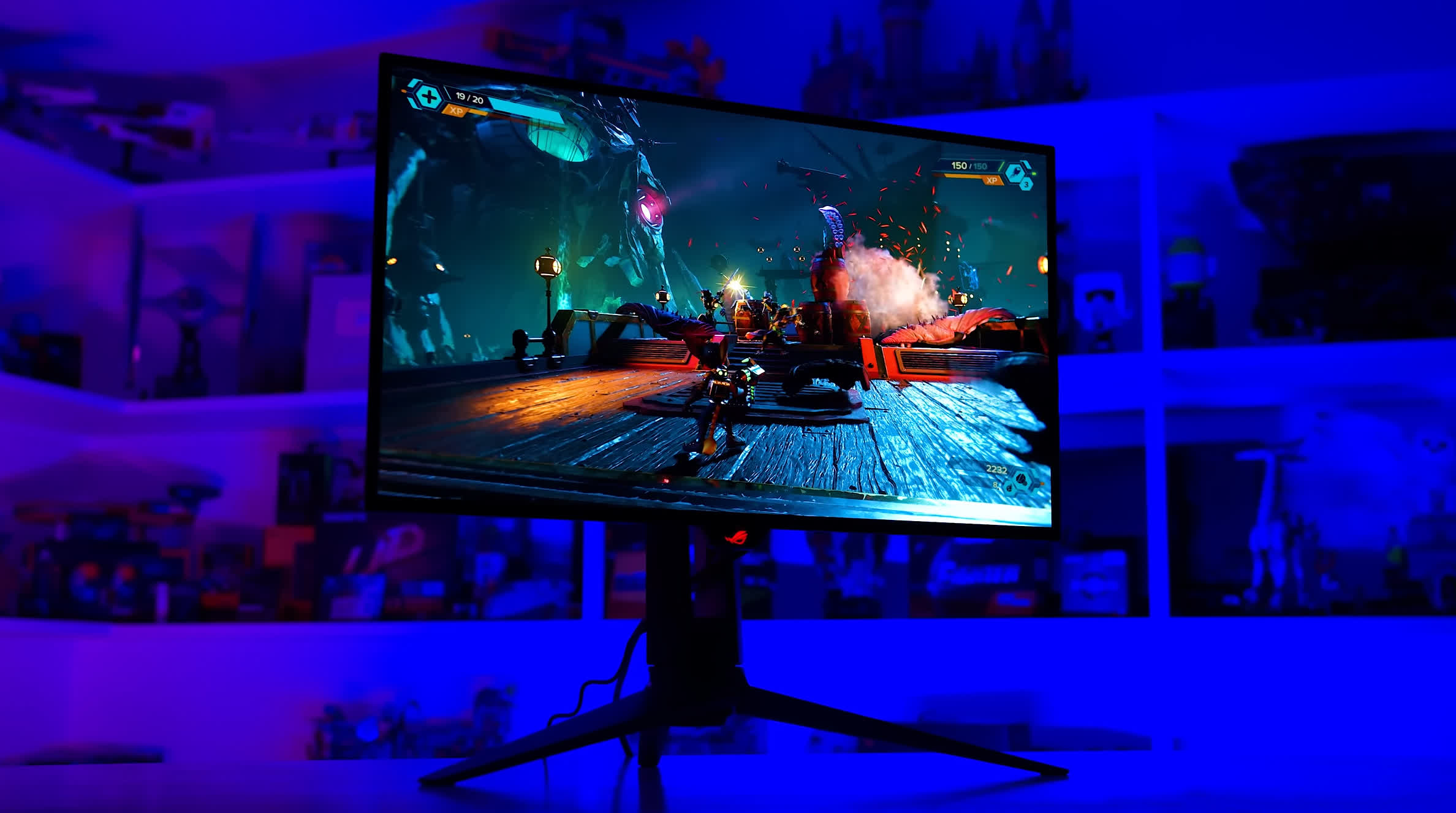Maybe this is a regional issue (I'm US), but Windows requires very specific conditions to go over 1080p when playing videos with Widevine DRM, which is what most of the major streamers use. I believe the requirements to go over 1080p are 1) Edge browser only, 2) HDMI cable only, or at least monitor was at one point connected via HDMI, and 3) supported CPU, which is probably most recent CPUs but may be an issue on older machines. Many windows users will run afoul of #1 and/or #2 since Edge is less commonly used than Chrome, and many users may have selected a DisplayPort cable. Making it even harder is that generally the platforms will not disclose when you've been capped to 1080p nor specify the reason why, making it very easy to gimp yourself in this way.
Now that I think about it this might make for a nice TechSpot article that could help a lot of people out and maybe nudge the industry towards a more user friendly approach.
